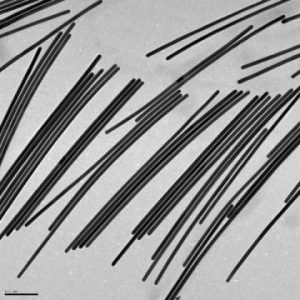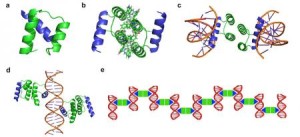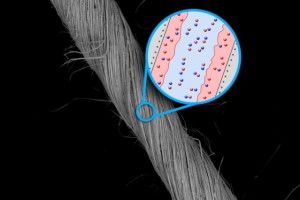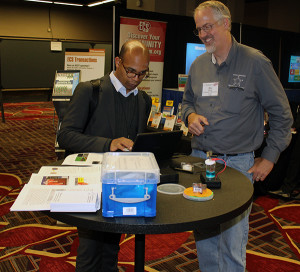Vitamin C offers countless benefits. It helps protect against immune system deficiencies, cardiovascular disease, can strengthen hair, and helps prevent wrinkles. Not to mention, it can also turn stubby gold nanorods into gold nanowires of impressive length.
According to ScienceDaily, scientists at Rice University recently discovered that all it takes is a dose of vitamin C to promote gold nanowires growth, making the wires valuable for sensing, diagnostic, imaging, and therapeutic applications.
According to Eugene Zubarev, a Rice lab chemist who worked on the study, and Bishnu Khanal, a Rice chemistry alumnus and lead author of the study, nanorods measured 25 nanometers thick at the start of the process, maintaining their widths as they grew in height. An important point, as the wires’ aspect ratio—length over width—dictates how well they absorb and emit light and how they conduct electrons. (more…)






